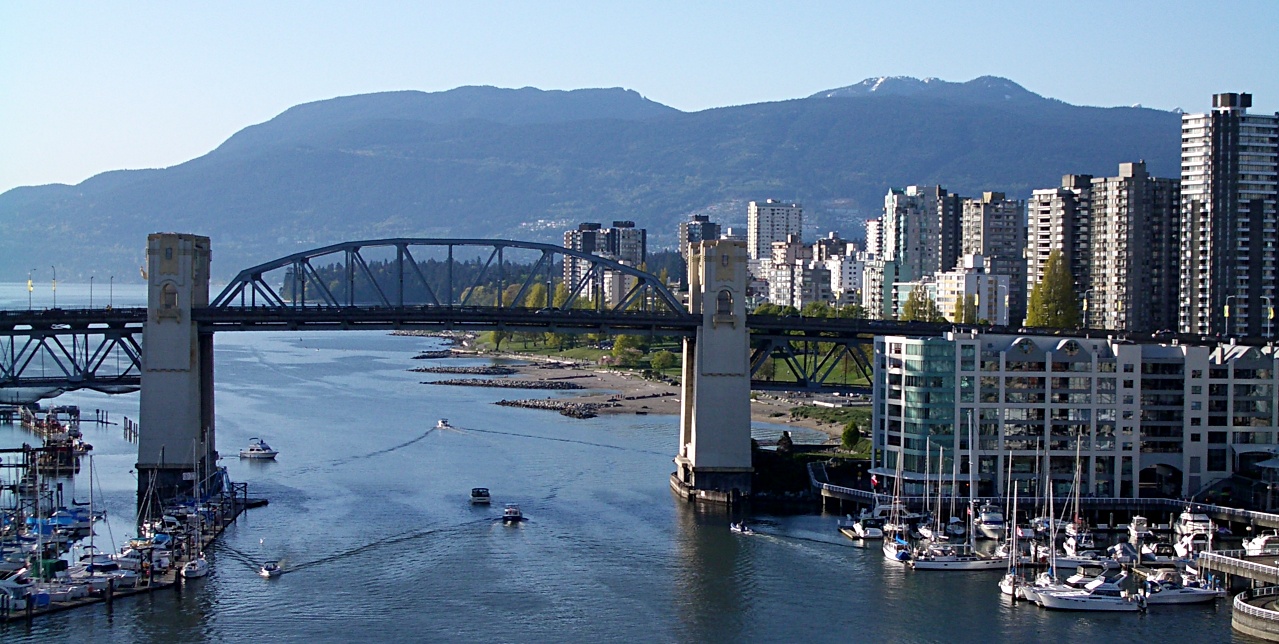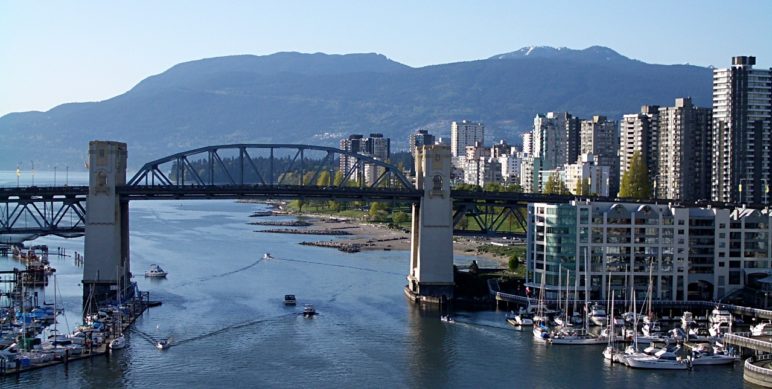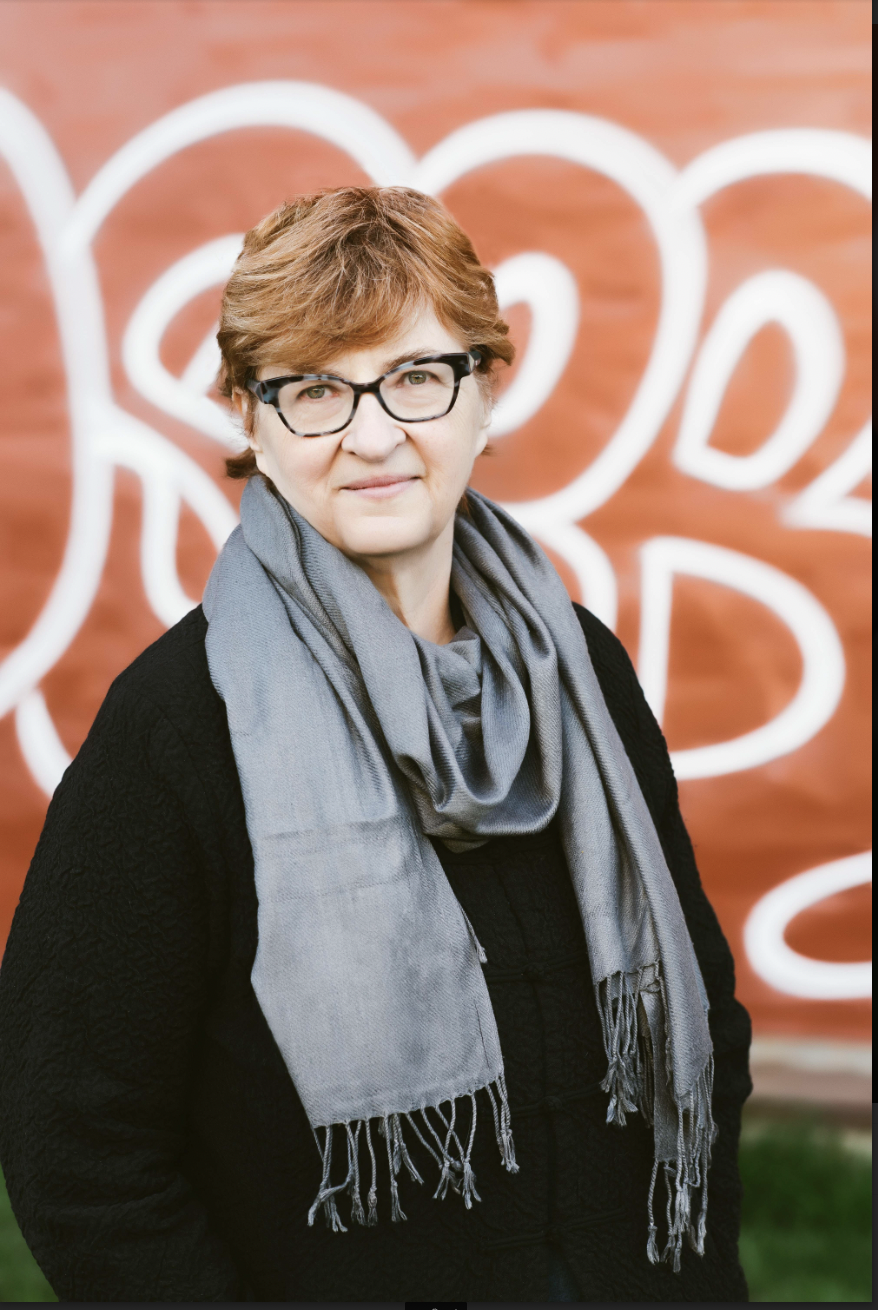Cities facing housing crises should look to Vancouver. With new kinds of land opening up, Indigenous groups looking to develop their land holdings in the region, and new policies to encourage different and denser housing in many of the 21 cities that compose Metro Vancouver, the region has hundreds of thousands of new homes in the planning pipeline. On paper, it may appear that Vancouver’s housing problems have been solved, but to successfully address housing affordability and availability, those plans have to become reality.
A back-of-the-envelope sum of proposed projects comes to about 235,000 homes in the works around the region, with tens of thousands more on the way through initiatives like laneway housing, duplexes, small private apartments, and social housing. Compared with other construction-active areas on the West Coast, Vancouver is booming. Seattle and the surrounding Puget Sound region—with 70 percent more residents than the Vancouver metro—plan to add about 130,000 apartment homes.
A long pro-homes planning culture
“It may seem like we’re overbuilding, but what we’re doing is correcting for the past.”

It appears that the sheer volume of Vancouver’s planned projects could be enough to cover its current housing deficit—a severe shortage that manifests in near zero percent vacancy rates in some areas of the region.
On the upside, the city and region’s current efforts to add homes can draw from their decades-old (and unfortunately rare) culture of planning for density that has created some of the most exemplary transit-rich, compact communities in North America.
“Vancouver made some good moves early on, with a rail system and a pattern that can be built on,” said Gil Kelley, Vancouver’s former chief planner who has also been a planner in San Francisco and in Portland.
Kelley noted that the city of Vancouver and the region are now able to compound those early successes—combined with recent pushes that started during his tenure to ensure that new housing is more in line with local incomes—to potentially take a bigger step toward solving the ubiquitous housing crisis hitting many cities. This will be especially important in coming years as many American tech corporations plan to open Canadian locations, with their workers slated to follow.
“When I look up and down the coast, San Francisco was late to the game,” Kelley said. “It’s been making progress, but the damage is done. Seattle is a slightly smaller version of San Francisco. They’ve built more rentals proportional to the population than Vancouver [has], but they’re still gasping to keep up.” And Portland, he added, which had stayed as a relatively low-cost city while prices were rising elsewhere, is now having to move into high gear.
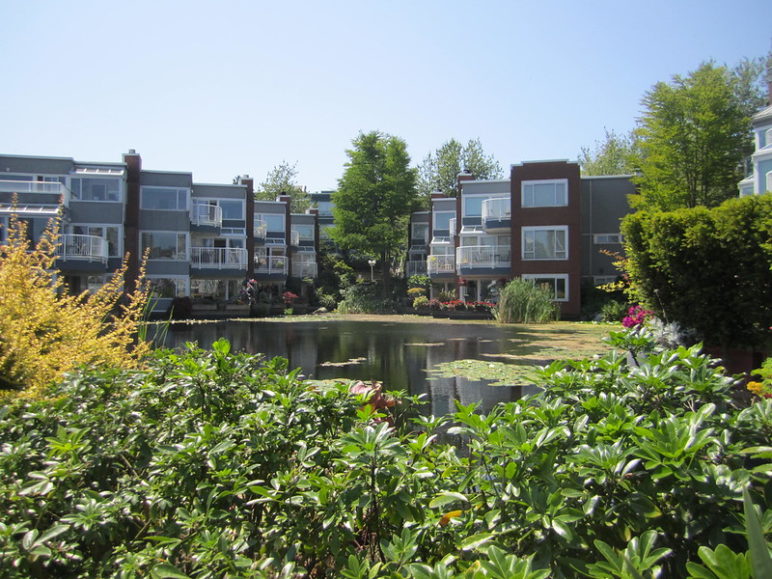
Image by La Citta Vita used under CC BY-SA 2.0
More housing types, more housing actors
Experienced planners warn that much will depend on how long it takes for Vancouver’s plans to materialize into real homes. In the meantime, Indigenous groups are planning more than half a dozen developments with potential homes for at least 20,000 people. British Columbia’s NDP government is pouring money into housing projects that will provide subsidized apartments for thousands more. Private developers are turning some regional malls into huge residential complexes with towers as high as 60 stories. (Oakridge Centre in Vancouver and Brentwood in Burnaby are underway now, with Richmond Centre and Burnaby’s Metrotown next in line.) Several suburbs, including Coquitlam, Burnaby, Richmond, and Surrey, are experiencing a development boom after rezoning land around their rapid-transit lines to accommodate their growth.
Further, various cities (Vancouver in particular) are enacting new policies in what had originally been single-family neighborhoods to encourage a range of housing types, including duplexes, which have seen 500 applications since the city approved a new policy in 2017; laneway homes, producing about 600 new homes a year to date; and quadplexes and smaller apartment buildings, planned to produce 4,700 more homes in the next 10 years.
And just last month, Vancouver’s city council, despite political fractures and a few anti-housing votes in the past, approved Mayor Kennedy Stewart’s initiative to have staff explore rezoning single-family neighborhoods to allow as many as six homes per residential lot. This could affect and initial tranche of 2,000 properties for a potential 12,000 new dwellings. These figures don’t even count the homes that might come when Vancouver finalizes its plan for one of its main streets, Broadway, which is being envisioned to include thousands of rental units along a new subway line.
“We have all segments of the housing market going here,” said Dan Garrison, Vancouver’s head of housing policy and regulation.
Theresa O’Donnell, the city’s head of planning, echoes that statement. “There’s a lot on the go here,” she said. “And it’s why you have to give a wide range of actors an opportunity.”
It all adds up to much more than what US West Coast cities have underway or even in the works. Vancouver is home to a long list of master-planned projects with tens of thousands of homes planned. Among them are:
- the Squamish nation’s Sen̓áḵw development next to the Burrard Street Bridge that will put 12 towers and 6,000 people on a mere 4.7 hectares;
- the nearby Jericho Lands development, undertaken by three local Indigenous groups plus a federal government agency, that envisions 10,000 homes and towers up to 38 stories on Vancouver’s wealthy west side;
- another 5,000 units on the Willingdon Lands in Burnaby, owned by the Musqueam and Tsleil-Waututh;
- the Pearson-Dogwood lands, formerly owned by Vancouver Coastal Health, being built out slowly by private developer Onni Group, with 2,700 units; and
- the rest of the Olympic Village that is to come from city land on the south shore of False Creek (number of homes not yet known).
Numbers on the books for Vancouver or in the public-proposal stage indicate that about 80,000 potential new homes are on the way. Burnaby, a suburb just east of Vancouver, has 8,400 homes under construction and applications for another 62,800. Coquitlam has 3,000 homes under construction and applications for 50,000 more, with projections of 63,000 overall. In Surrey, the largest of all the suburbs by area, 5,900 homes are under construction, and 30,000 are in the application process.
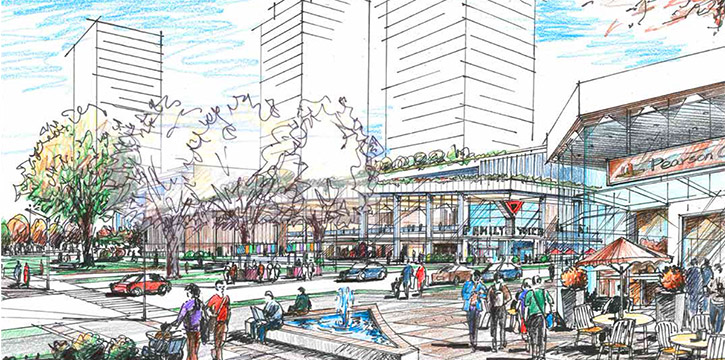
Illustration of Pearson Plaza and the YMCA in the redeveloped Pearson Dogwood lands, from the City of Vancouver
Counting Vancouver’s chickens before they hatch?
Many planners and housing advocates warn against too much optimism. The reality is that projects are sometimes forgotten amid the weekly tussles over a single five-story apartment building in Kitsilano or a social-housing project near Commercial Drive. In Coquitlam, for instance, despite several years of aggressive efforts to rezone land around the rapid-transit line and encourage dense developments, housing can be slow to arrive.
“We are concerned for the ability of the development and construction sector to realize the vast number of proposed dwelling units in the development review stage,” said Andrew Merrill, Coquitlam’s director of development services. “Looking back historically over the past 10 years in Coquitlam, we have issued occupancy permits for between 1,000 to 2,000 new dwelling units a year. I don’t know if the sector can significantly ramp up construction once the glut of units currently under review get approved.”
Merrill said the city has seen projects slow or stall at key milestones when a developer runs into slow sales, a financing deadline, difficulty finding trade contractors to work on large projects, or increased costs for materials.
That concerns people like David Eby, BC minister responsible for housing.
“I worry that there are people patting themselves on the back, but the proposed projects are not anything people can live in,” Eby said. “The gap between proposals and construction is massive.”
Home completion and migration trends spur optimism—and building
Still, the region has seen a steady increase in actual construction over the last several years, while Seattle has seen home completions decline to about 7,500 since a peak of 13,350 in 2017, and San Francisco has only built about 4,500 homes a year over the past two years.
Vancouver-area builders, encouraged by several city councils’ pro-density efforts and the anticipated tech worker influx, have been picking up the pace. Regional construction levels have climbed to about 25,000 home completions a year in the past two years, with more than a quarter of those being rentals and a fifth of them in the city of Vancouver proper, compared to peaks of no more than about 20,000 in the 1990s and early 2000s.
Kelley, who is currently working on a book about intentional cities, believes that all these homes—and more—will be needed.
“There is a tsunami coming to Vancouver,” he said. “That is going to hit the rental market soon.” And, he noted, no one should be lulled into thinking there is enough being planned, even with Vancouver’s big numbers.
“It may seem like we’re overbuilding, but what we’re doing is correcting for the past.”

